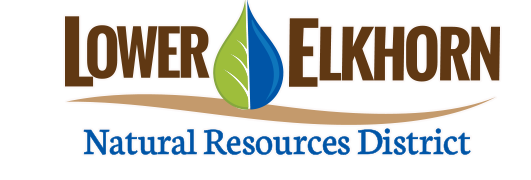Conservation Programs > Best Management Practices > Nitrogen Management | Irrigation Management | Pesticide Management | Livestock Waste Management | Windbreak Management
Pesticide Management
The ideal outcome of pesticide use occurs when a pesticide accomplishes the purposes for which it was applied and then rapidly breaks down into harmless components such as carbon dioxide and water. But unfortunately this does not always happen.
The highest potential for groundwater contamination occurs in sandy, permeable soils low in organic matter, particularly in locations with shallow water tables.
Management practices, or the methods used to apply pesticides, are another factor determining leaching potential. Injection or incorporation into the soil makes the pesticide most readily available for leaching. Most of the pesticides that have been detected in groundwater have been incorporated into the soil rather than sprayed onto growing crops.
The rate and timing of a pesticide's application also are critical in determining whether it will leach to groundwater. The larger the amount used and the closer the time of application to a heavy rainfall or irrigation, the more likely some pesticide will leach to groundwater. Particular care should be taken with chemigation because of the risks of back-siphoning and leaching.
Some preventative measures that can be taken to prevent contamination from pesticides:
- Identify the vulnerability of the soil.
- Consider the pesticide application site in relation to surface water and groundwater.
- Become familiar with pesticides that may leach.
- Consider the vulnerability of the area.
- Follow the directions on the pesticide label.
- Apply the pesticide at the appropriate time.
- Measure the pesticide properly and carefully.
- Calibrate and maintain equipment properly.
- Avoid spills and back-siphoning.
- Direct the application to the target site.
- Leave buffer zones around sensitive areas.
- Dispose of pesticides properly.
- Store pesticides safely in cool well ventilated areas away from water sources.
- Maintain records of pesticide use.
- Consider weather and runoff.
- Exercise care when practicing chemigation.
- Check the well system.
- Use Integrated Pest Management (IPM).




